The purpose of this paper is to examine the impact of Apple’s “Shot on iPhone” campaign (Shot on iPhone), which caught the attention of millions of smartphone users around the world (Metha, 2015). In order to understand how the tech giant caused such high engagement, this essay will analyse Apple’s brand personality, the concept of content marketing and question if Apple took advantage of societies’ behavioural disorder in regards to social media. This essay is organised into four sections: first, a brief summary of the “Shot on iPhone” campaign, followed by an analysis of Apple’s brand personality. Thereafter, the paper will deliver a short explanation of the shift from traditional marketing to content marketing before reflecting on the “Shot on iPhone” campaign. Finally, this essay will discuss the applied concepts within the campaign and in addition deliberate on other factors that might have caused the widespread engagement of the campaign. In March 2015, six months after the release of the iPhone 6, Apple launched a campaign named “Shot on iPhone”.
For more information about Apple and how they operate as a business, take a look at our Apple PESTEL, SWOT, and Porter's 5 Forces Analysis.
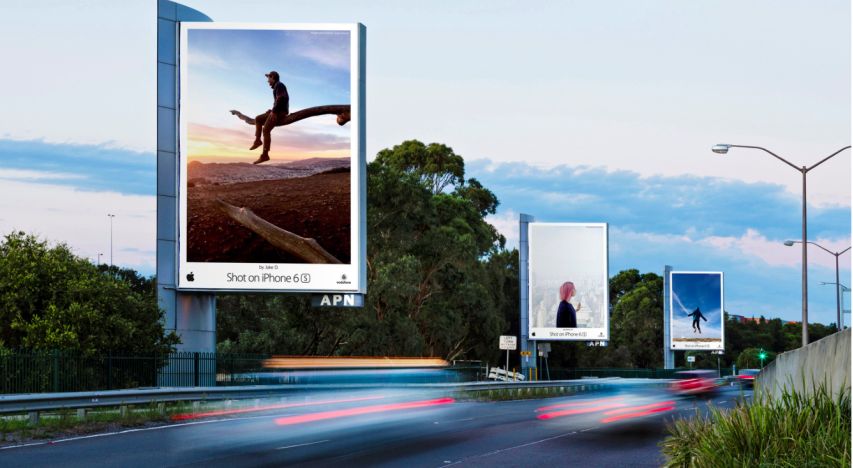
Summary of the “Shot on iPhone” Campaign
The campaign was created to demonstrate the impressive new camera, leaving any other features of the device unmentioned. Incorporated were photos from 77 users, across 25 countries and 73 cities. iPhone 6 users were invited to post their best shot images on social media with the hashtag “Shot on iPhone”. Subsequently, Apple selected images from different demographics in order to display these images on over 10,000 billboards around the world. Apple also used those submitted images in newspapers, magazines and short TV adverts (McConnell, 2016).

An Analysis of Apple’s Brand Personality
Over the years Apple developed a solid brand personality. Most brands aim to embody the desired personality of its users, as a product with a particular branding can enhance self-perception in connection with the brand’s personality (Park and Jones, 2010). Apple as a brand stands for innovation, dreams and aspirations, hopes and imagination. Particularly, millennials seem to exemplify such personality traits, for it is argued that millennials embrace the positive side of globalisation and constant technological change, different from more mature generations. Moreover, millennials intend to utilise as many resources and experiences as they possibly could and believe in their own capability to make a real difference in the world (Tulgan, 2015).
Get Help With Your Assignment
If you need assistance with writing your assignment, our professional assignment writing service is here to help!
Therefore, Apple’s representation of a lifestyle with regained liberty and a passion to empower people through technology aligns fairly with the opportunities that this generation pursues, at least in their desired personalities. In that sense, users of Apple products might see themselves as more innovative and more capable of achieving success not solely through the tools that the tech giant provides, but simply because of the way the brand makes them feel like. The Apple brand personality is also about simplicity and the removal of complexity from people's lives, being a genuinely humanistic company with a heartfelt connection towards its customers. Over these qualities, Apple is positioned as being extremely helpful to people and businesses as they strive to achieve their goals. By focusing on consistent customer experience with every customer touchpoint, such as products, retail stores, website, app store and adverts, Apple shaped a prestigious, trustworthy brand. The famous slogan “Think different” is expressed throughout all levels of the firm, for instance, with turning traditional retailing to Apple stores, where clearly the customer experience remains the focus rather than profit-driven sales. The same principle was applied for the “Shot on iPhone” campaign, where Apple displayed the benefits of its new product, instead of showing off its features.
The Shift from Traditional Marketing to Content Marketing
Before analysing the “Shot on iPhone” campaign it is useful to understand how technological enhancements triggered the evolvement of marketing strategies. In recent years, the psychology of marketing communication has changed, reasons among others are technological advances that changed the method of individual information gathering and communication. As well as, entertainment has evolved with, for instance, the arising of Netflix in which traditional TV adverts were completely wiped out. In other words, the internet and the widespread use of social media diverted the social attention from traditional advertisement. Nowadays, with the overflowing exposure of information and choice, it became more challenging for marketers to grab the attention of their target audiences. Therefore, marketers comprehended the necessary shift from interruption to engagement of their audience.

One strategic method is content marketing, in which firms inform, entertain and educate their audience via blogs, events, websites, photos, etc. Thus, consumers are given the power of choice to engage with their favourite brands (Armstrong et al., 2017). However, Apple innovated the idea of content marketing further in the case of the “Shot on iPhone” campaign. Instead of producing content for their consumers, Apple used consumer-generated content in the form of images and short videos. The trigger was the expressed dissatisfaction of the camera quality of earlier editions of the iPhone, hence Apple handled the criticism by offering visual proof of the photographic capability of the new iPhone edition via this campaign. It concentrated solely on the camera features of the iPhone 6, perhaps this motive was used to appeal to its main target audience that uses images to enhance their self-branding on social media platforms.
Accordingly, Apple confidently invited individuals to test the improved camera features of the iPhone 6. The encouragement of those individuals to subsequently post their pictures on social media with the hashtag #shot on iPhone, shaped a great community. In other words, a trend was born. While the campaign spread through social media due to the hashtag “Shot on iPhone”, iPhone 6 owners formed a feeling of privilege of their ability to join the trend and consequently contributed to further content. However, it also meant for non-iPhone 6 owners, in order to be part of Apple’s social movement an individual had to acquire the new iPhone 6. Perhaps, one method Apple indented to add more devices in the circulation. Since posting pictures is the leading input of social media enthusiasts, including a hashtag in the tagline, depict such individuals as trendy for being part of Apple’s campaign, and in the same time showing off their ownership of the latest iPhone edition. On top of that, such individuals could share their best shot images not solely within their personal network, but in Apple’s World Gallery. The absolute highlight for 77 users was the inquiry from the tech giant itself for permission to display their personal shot images on billboards around the world. It is clearly observable that Apple sparked the attention through the fulfilment of its audience’s needs with the high-quality camera of the iPhone 6. Therefore, signalling that no matter if professional or amateur photographer, everybody is empowered to shoot high-quality images, simply by using an iPhone 6. Yet, by shifting the engagement of the campaign onto social media Apple benefited also from the weaknesses of nowadays social media enthusiasts, who are in the eyes of scientists rather addicts than advocates.
According to Adam Alter (2017), communication tools like social media are engineered to be irresistible and will ensnare users indiscriminately. Interestingly, he also claims such behavioural disorder arouses from technological gadgets like smartphones. Adam believes that human behaviour is driven in part by a succession of reflexive cost-benefit calculations which determines whether humans repeat a certain act. In other words, the human species thirsts for feedback in order to understand how they can be appreciated and loved more within in their community. Feedback which was once gained through conversations with family and friends in discussions about personal experiences and opinions, are now shifted to a high extend towards the internet. For example, Facebook or Instagram allow individuals to receive evaluations on such matters in increased scale and scope, in which a simple like provokes a feeling of reward and acceptance.
However, people compare themselves to their fellows and the triggered feeling of reward after a number of likes on social media can diminish quickly if one recognises that their fellows received more likes on a given post. That is the point at which social media may become addictive to many, as individuals try to receive more likes for their next post and so the cycle goes on and on. And clearly, a smartphone is just the most convenient tool to keep up to date with the amounts of likes oneself received as well as to check how their fellows are keeping up the race. The danger of such fairly new addiction is that most people do not acknowledge their behaviour as addictive. As addictions are assumed by the majority of society to involve the ingestion of a substance, such as alcohol, illegal drugs or cigarettes. However, research shows that millennials on average use their phones for five hours daily, which accounts mostly to social media.
So a question might arise, did Apple’s campaign spread like a wildfire because of the two addictive tools that were involved in the campaign? But on the other hand, Apple did not actively invite consumers to participate in the campaign but rather did so through kindling curiosity of viewers from either billboards or actual social media posts. Nevertheless, Apple achieved vast engagement which can be easily measured by the posted pictures that included the tagline “Shot on iPhone” which accounts on Instagram alone for over 5,760,924 posts. Others may argue, the campaign went viral because Apple rather showed the improved quality of pictures from users for users, instead of telling their audiences about the enhancements. Consequently, the campaign became more authentic and appealing to the everyday iPhone user. Hence, Apple was aligning the campaign with its brand personality where the customer experience remains the focus.
Find Out How UKEssays.com Can Help You!
Our academic experts are ready and waiting to assist with any writing project you may have. From simple essay plans, through to full dissertations, you can guarantee we have a service perfectly matched to your needs.
View our academic writing services
According to Vaux Halliday (2016), some consumers question the sincerity and reliability of modern advertising messages because they believe companies’ intentions to be disingenuously motivated only by profits. For this reason, many consumers are more likely to react positively to a genuine endorsement from an everyday user of a product, which the “Shot on iPhone” campaign is completely based on. Moreover, Apple understood that the current overwhelming marketing strategies of many other brands are intimidating to consumers, and rather pushes them away from certain brands. Perhaps, Apple thought of providing the everyday consumer with a visual escape in the clutter dominated advertising world. In which consumers could somewhat reflect on their life experiences, in which they might have shot an image, compared to being persuaded to purchase another product. In that sense, Apple shifted their consumer thoughts towards the joy of capturing moments, completely afar from any purchase-driven advert (Spenner and Freeman, 2012). It could also be argued, that Apple took recent research into account, which claims that consumers derive greater happiness from experiences rather than from material goods, and therefore advertised the experiences that their iPhone users had with their product instead of the actual device itself. In other words, even though Apple’s intention is to sell a physical product, Apple focuses on the adventures that iPhone users experienced with their product and because of the high-quality camera were able to record and share (Nicolao et al, 2009).
Reflecting on the “Shot on iPhone” Campaign
The interesting blend of online and offline marketing through the campaign electrified iPhone lovers around the world. Overall, it is easy to observe that the “Shot on iPhone” campaign was a real success, solely by focusing on the numbers which speak for itself. The campaign was mentioned by 24,000 opinion leaders, with 95% positive mentions and, estimated 6.5 billion media impressions according to TBWA Media Arts Lab. Moreover, the fact that the tech giant continued the campaign with its following iPhone editions such as the iPhone 7 and iPhone X let one assume that the numbers behind the scenes were satisfying too.
Apple developed an outstanding two-way communication with its consumers, and endeavours to accurately listen and subsequently fulfil its consumer’s product wishes. For instance, consumers criticised the quality of low-light pictures in the “Shot on iPhone” campaign. Correspondingly, Apple further improved its camera and subsequently asked their consumers to test the camera of the iPhone 7 in particular with shots in the dark. If marketing experts such as the makers of the “Shot on iPhone” campaign are using or abusing the social media love of their main audiences remains ambiguous. Nevertheless, Apple not only proved its outstanding camera quality through the “Shot on iPhone” campaigns but really showed that pictures are worth more than a thousand words. In other words, the “Shot on iPhone” campaign embodies simplicity, but still creativity purely because pictures are far more expressive than words, but less intimidating, especially when they are generated by consumers itself.
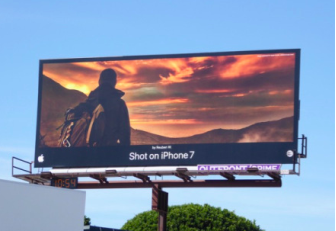
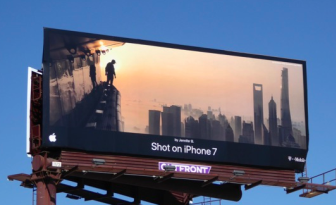
References
- Alter, A. (2017). Irresistible Book. [eBook] pp.1 - 45. Available at: http://file:///Users/Sharlene/Downloads/Irresistible-%20prologue%20and%20ch.%201%20(3).pdf [Accessed 16 Dec. 2018].
- Armstrong, G., Adam, S., Denize, S., Volkov, M. and Kotler, P. (2017). Principles of Marketing. 7th ed. Australia: Pearson. Halliday, S. (2016).
- User-generated content about brands: Understanding its creators and consumers. Journal of Business Research, [online] 69(1), pp.137-144. Available at: https://www-sciencedirect-com.ezproxy.library.qmul.ac.uk/science/article/pii/S0148296315003185 [Accessed 11 Dec. 2018].
- McConnell, M. (2016). Shot on iPhone. [Blog] Available at: http://www.mattpmcconnell.com/blog/shot-on-iphone [Accessed 17 Dec. 2018].
- Mehta, A. (2015). Apple’s 50-Storeys High User-Generated Content Campaign: Simple, Effective & Every Brand Can Learn Something From It. [Blog] hubb. Available at: https://www.tintup.com/blog/apple-user-generated-content-campaign/ [Accessed 19 Dec. 2018].
- Nicolao, L., Irwin, J. and Goodman, J. (2009). Happiness for Sale: Do Experiential Purchases Make Consumers Happier than Material Purchases? Journal of Consumer Research, [online] 36(2), pp.188-198. Available at: https://cpb-us-w2.wpmucdn.com/u.osu.edu/dist/0/37067/files/2016/10/Happiness-for-Sale-2agwh96.pdf [Accessed 17 Dec. 2018].
- Park, J. and John, D. (2010). Got to Get You into My Life: Do Brand Personalities Rub Off on Consumers? Journal of Consumer Research, [online] 37(4), pp.655-669. Available at: https://www-jstor-org.ezproxy.library.qmul.ac.uk/stable/10.1086/655807?pq-origsite=summon&seq=1#metadata_info_tab_contents [Accessed 12 Dec. 2018].
- Spenner, P. and Freeman, K. (2012). To Keep Your Customers, Keep It Simple. [online] Harvard Business Review. Available at: https://hbr.org/2012/05/to-keep-your-customers-keep-it-simplehttps://hbr.org/2012/05/to-keep-your-customers-keep-it-simple [Accessed 17 Dec. 2018].
- Tulgan, B. (2015). Not Everyone Gets a Trophy: How to Manage Generation Y. [eBook] John Wiley & Sons, Incorporated. Available at: http://ebookcentral.proquest.com.ezproxy.library.qmul.ac.uk/lib/gmul-ebooks/reader.action?docID=4205877 [Accessed 16 Dec. 2018].

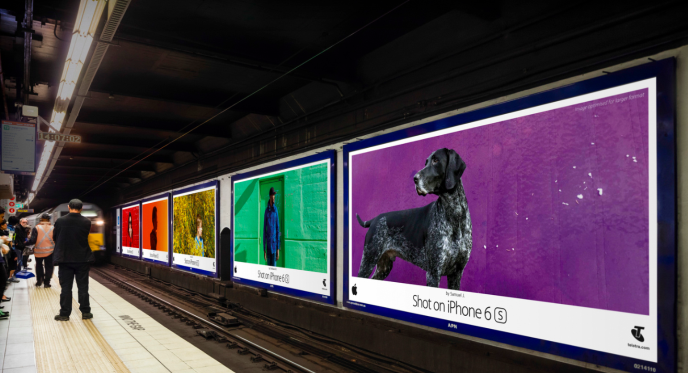
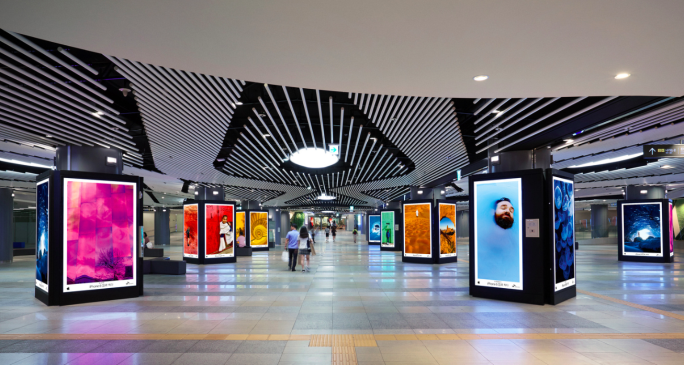
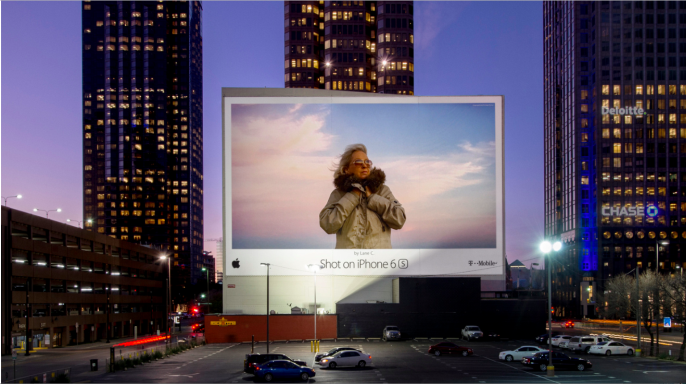
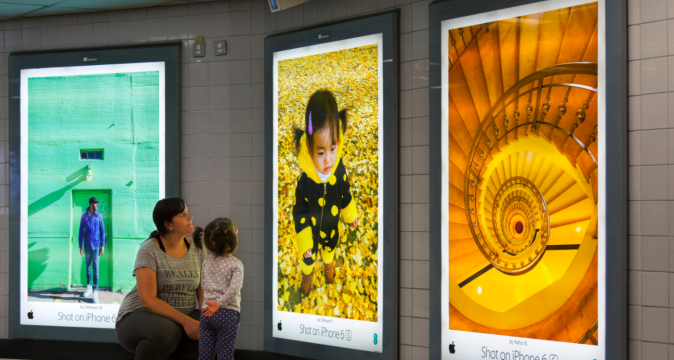
Shot on iPhone 7 – low light pictures.
Cite This Work
To export a reference to this article please select a referencing style below:


